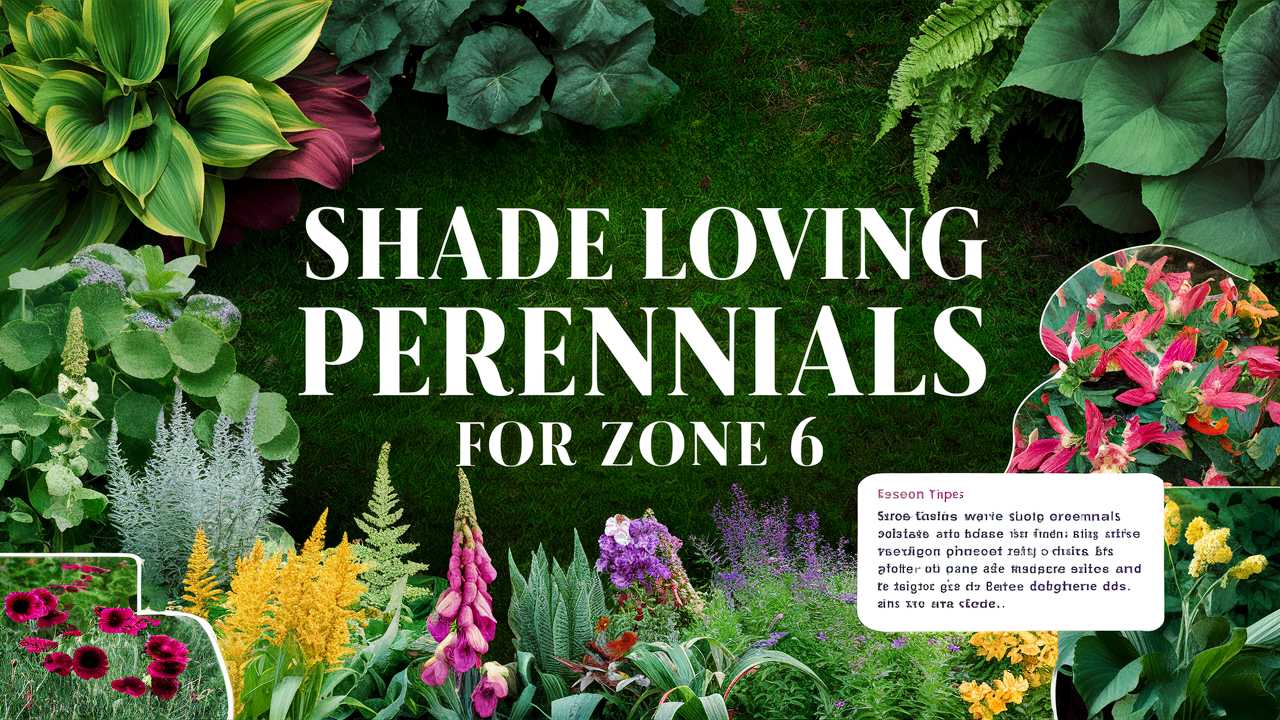Creating a vibrant garden in shaded areas can be a rewarding endeavor, particularly in USDA Zone 6, where mild winters and moderate summers allow for a diversity of lush, shade-loving perennials. These plants not only thrive in low-light conditions, but they can also add an array of textures, colors, and scents to your garden.
Let’s dig into some of the best shade-loving perennials that will transform your Zone 6 garden into a sanctuary of greenery.
Bleeding Heart
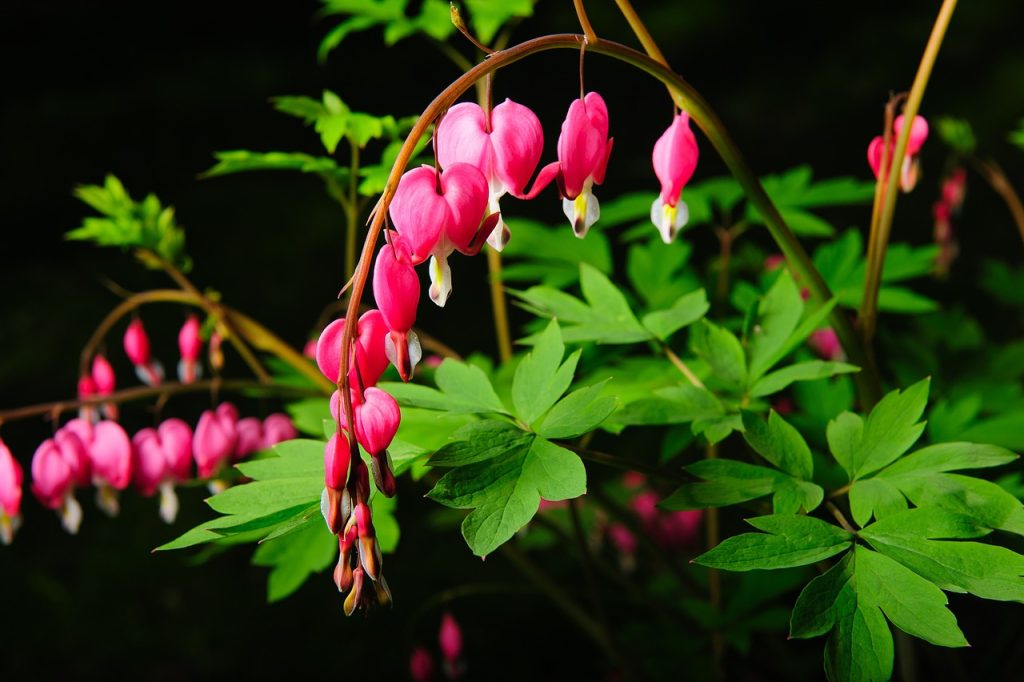
Bleeding Heart (Lamprocapnos spectabilis) is a show-stopper in shaded gardens, known for its distinct heart-shaped flowers that dangle gracefully from arching stems. Coming in striking shades of pink and white, these charming blossoms typically bloom in mid-spring, bringing excitement to the landscape when many other plants are just waking up.
Bleeding Hearts prefer consistently moist soil and a well-draining environment to thrive. They do best in dappled sunlight or full shade, making them perfect candidates for woodland gardens, borders, or along shady pathways. The foliage is fern-like and lush, providing visual interest even after the blooms have faded. Pair them with ferns or hostas for a layered effect; the combination will capture the essence of a tranquil woodland setting.
Columbine
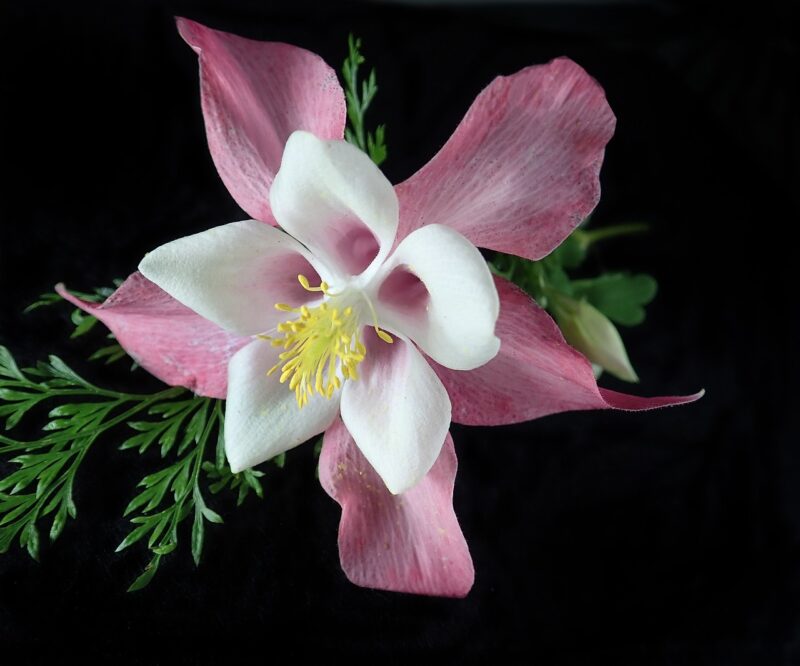
Columbine (Aquilegia) is not only a perennial that flourishes in the shade, but it’s also a delightful addition to any garden due to its unique flower shapes and colors. These plants produce delicate, spurred flowers that come in a variety of hues, including blue, yellow, pink, and purple, creating a joyful visual display in shaded spots.
Columbines thrive in moist, well-draining soil and appreciate some sunlight, making them well-suited for partial shade. Their airy, delicate foliage complements heavier plants nicely, creating a balanced and inviting atmosphere. These beauties attract hummingbirds, adding even more life and vibrancy to your shaded garden space.
Coral Bells
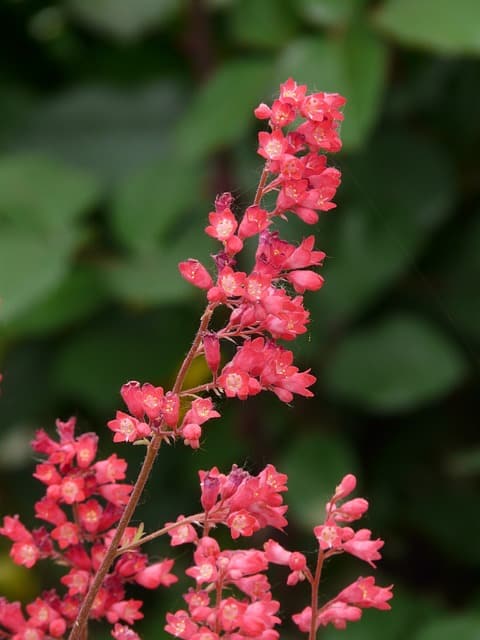
Known for their stunning foliage and delicate flowers, Coral Bells (Heuchera) are a coveted choice for gardeners looking to add color and texture to shaded areas. The leaves come in a myriad of colors, from deep burgundy to vibrant lime green, making them a versatile option for any garden scheme.
Coral Bells thrive in partial to full shade and prefer well-drained soil. They are relatively trouble-free, requiring minimal upkeep while offering year-round appeal. The tiny bell-shaped flowers bloom in late spring and early summer, attracting pollinators and adding even more charm to their already vibrant display.
Corydalis
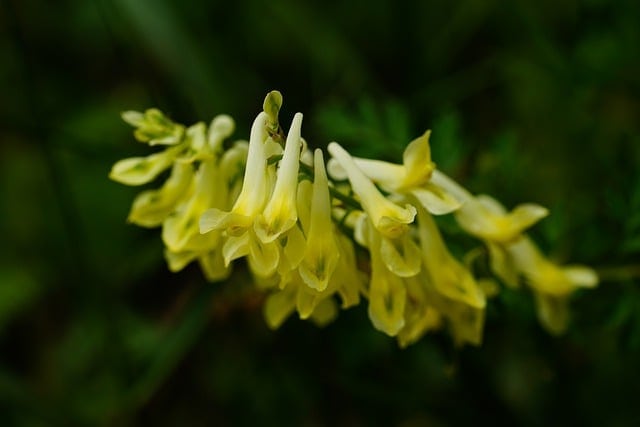
If you’re seeking a unique and somewhat underappreciated perennial, Corydalis (Corydalis lutea) may be just the ticket. Known for its bright yellow flowers and fern-like leaves, this plant offers a cheerful splash of color in shaded areas. It often naturalizes, spreading joyfully through your garden.
Corydalis thrives in moist, well-drained soil, making it an ideal choice for damp, shaded garden spots. Its flowers usually appear in early spring, providing a much-needed burst of color before other perennials fully wake up. Pair Corydalis with early blooming bulbs to create a stunning early-season display.
Country & Western Astilbe
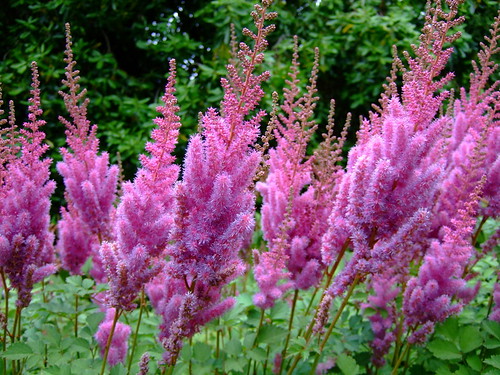
Astilbe, particularly the Country & Western variety, is renowned for its feathery flower plumes that sway gently in the breeze. These perennials come in various colors, including shades of pink, red, and white, and can reach heights that add vertical interest to your garden.
Astilbe prefers moist, well-draining soil and partial to full shade. This hardy perennial is great for the edges of shaded ponds or as part of a mixed border, where its fluffy blooms can be enjoyed up close. The foliage remains vibrant throughout the growing season, ensuring your garden stays lively even after the blooms have faded.
Creeping Myrtle
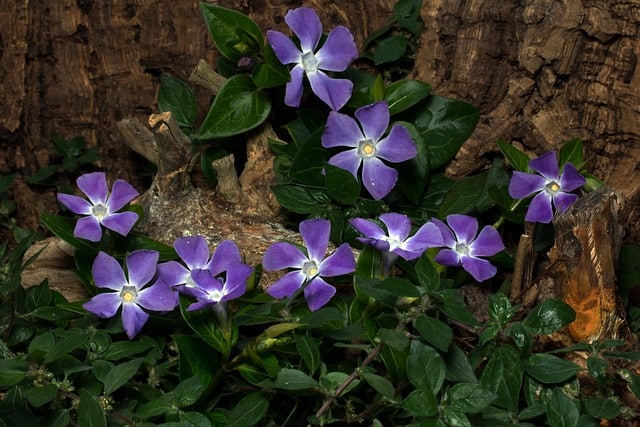
Creeping Myrtle (Vinca minor), commonly known as periwinkle, is a beloved ground cover that boasts beautiful blue or purple flowers in the spring. This plant is particularly useful for suppressing weeds in shady areas, thanks to its spreading habit.
Creeping Myrtle thrives in partial to full shade, making it a top choice for gardens with challenging light conditions. Once established, it requires little maintenance and can even tolerate drought, enriching your garden with vibrant foliage that stays green all year round. It pairs well with other ground covers or low-growing perennials for a textured look.
English Daisies
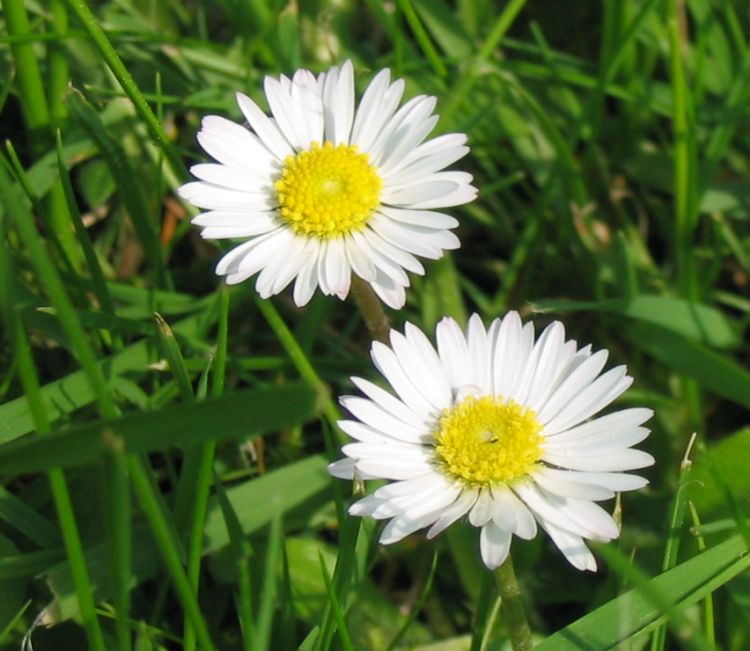
The charming English Daisies (Bellis perennis) bring a touch of whimsy to shaded areas. With their classic white, pink, and yellow flower heads, these perennials bloom from early spring to early summer, adding cheerfulness to any cool, dark spot in your garden.
These daisies prefer a lightly shaded area with well-draining soil and respond well to regular watering, particularly in dry periods. Their compact nature makes them a great addition to borders or container gardens, where their urban charm can shine in small spaces.
Ferns
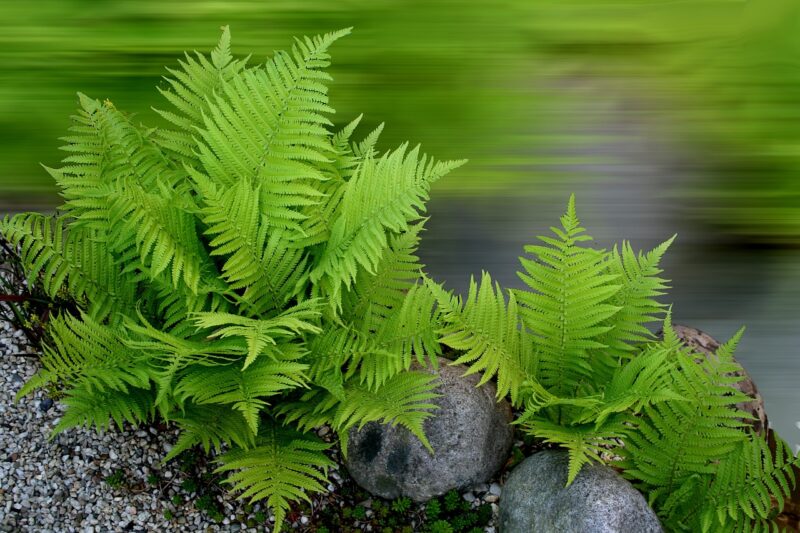
Ferns are a staple in any shade-loving garden, and their variety is astounding. From the striking Maidenhair Fern to the more robust Ostrich Fern, these plants have unique textures and shapes that provide depth and intrigue to shaded areas.
Ferns enjoy rich, moist, well-drained soil and typically thrive in dappled light or full shade. They are excellent companions for other shade-loving plants, creating an enchanting woodland atmosphere. Use them in combination with flowering perennials for a rich tapestry of foliage and blooms.
Foam Flowers
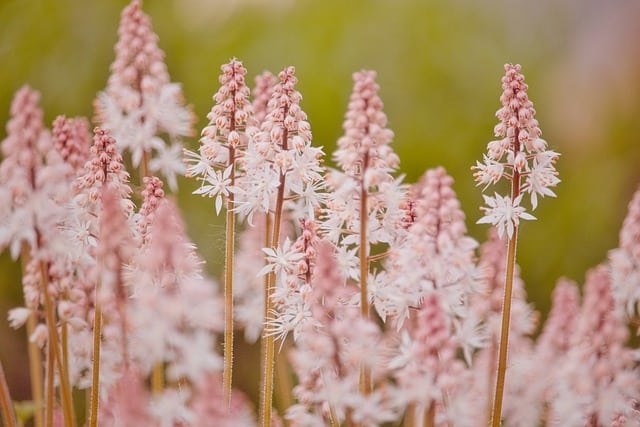
Foam Flowers (Tiarella cordifolia) are becoming increasingly popular due to their distinctive, foamy flower spikes and attractive heart-shaped leaves. Blooming in spring, they produce delicate, star-shaped white or pink flowers that contrast beautifully with their dark green foliage.
Perfect for shady or woodland settings, Foam Flowers thrive in moist, well-drained soil. They are relatively low-maintenance and can serve as an excellent ground cover. Their lush foliage lasts throughout the season, providing excellent coverage and control of soil erosion.
Hosta
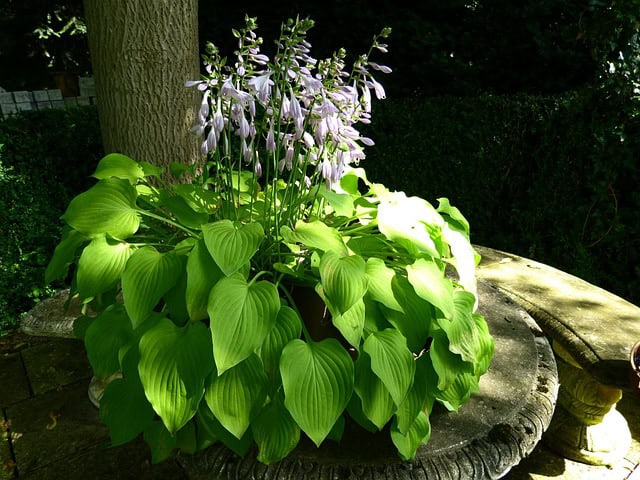
Hostas are arguably the queens of the shade garden, with countless varieties boasting diverse leaves that range in color from vibrant greens to deep blues and striking golds. This versatility allows gardeners to create visual excitement even in dimly lit areas.
Hostas thrive in a variety of soil types, as long as they remain moist and well-drained. They are incredibly forgiving and easy to grow, making them an ideal choice for both beginners and seasoned gardeners. Their attractive flowers, which appear in summer, add a bonus touch of beauty to this already perfect perennial.
Brunnera
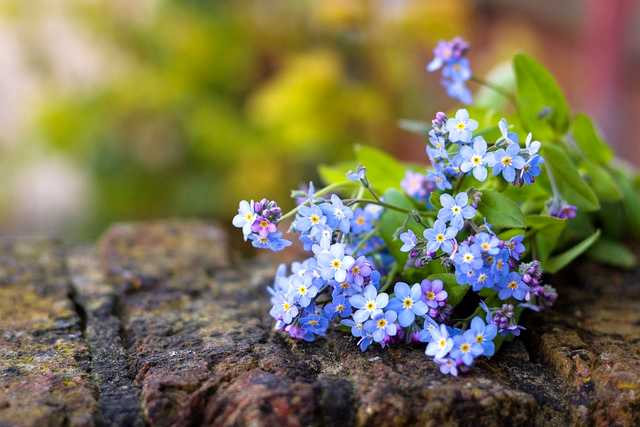
Known for its beautiful, heart-shaped leaves and vivid blue flowers, Brunnera (Brunnera macrophylla) is often referred to as Siberian Bugloss. This perennial thrives in shady to partially shaded conditions, making it a perfect addition to any low-light garden.
Brunneras prefer moist, well-draining soil and are relatively low-maintenance. Their appealing foliage, often adorned with striking silver veining, ensures year-round interest. In spring, the delicate, forget-me-not-like blooms attract pollinators, enhancing the ecosystem of your garden.
Japanese Spurge
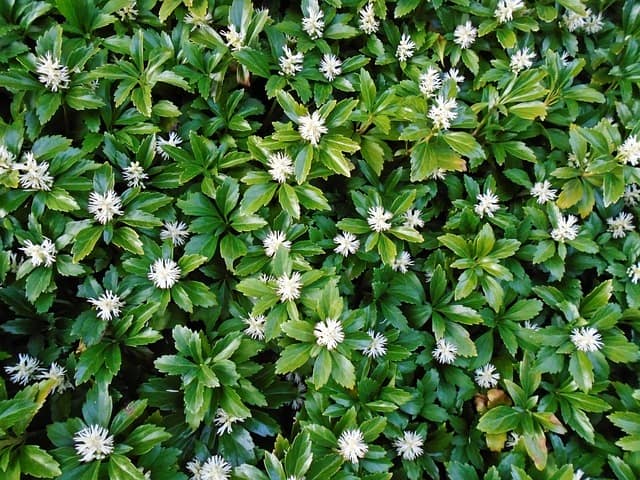
Japanese Spurge (Pachysandra terminalis) is a durable evergreen ground cover that thrives in shady areas. Its glossy, dark green leaves provide year-round visual interest, while its delicate white flowers bloom in early spring.
Highly adaptable, Japanese Spurge is excellent for controlling soil erosion and suppressing weeds, making it a functional and aesthetic choice for shaded gardens. It propagates easily and can be used under trees or as an edging for pathways.
Japanese Toad Lily
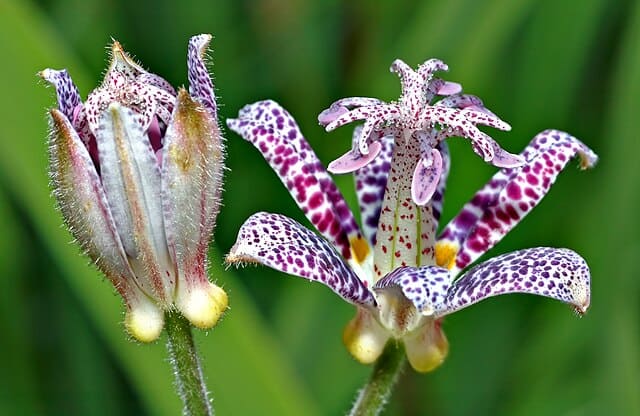
Japanese Toad Lily (Tricyrtis hirta) is an unusual perennial that offers exotic beauty in the shade garden. It features unique, spotted flowers that resemble orchids and can bloom from late summer into fall, providing a rare burst of color when many other perennials have finished flowering.
This hardy plant prefers moist, well-drained soil and partial shade. Plant Japanese Toad Lilies in a woodland setting or towards the back of your garden bed to enjoy their unique blooms up close. Their whimsical nature adds a delightful surprise to shaded spots.
Lenten Rose
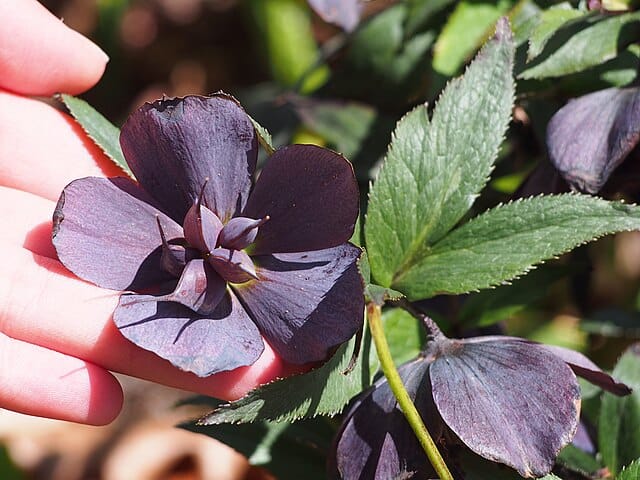
Lenten Rose (Helleborus orientalis) is treasured for its early spring blooms, often appearing when snow still lingers. The flowers, which come in dappled shades of pink, white, and green, can last for several months, providing reliable beauty during a transitional season.
These plants prefer well-drained, rich soil and flourish in shaded areas. They are particularly resilient and are often unaffected by pests and diseases. The glossy, evergreen foliage provides a beautiful backdrop even when the flowers are not in bloom, making them a year-round favorite.
Leopard’s Bane
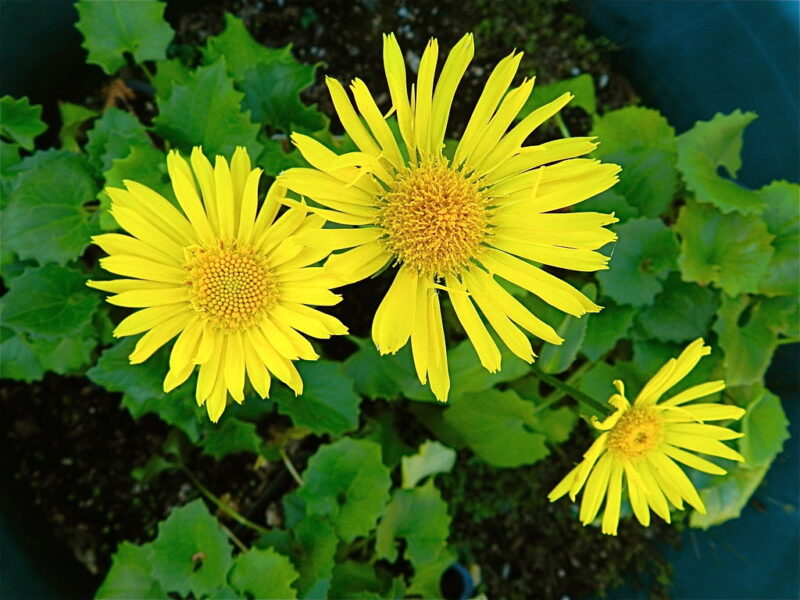
Leopard’s Bane (Doronicum) introduces a burst of bright yellow flowers to shaded gardens in early spring. These cheery daisies rise above lush green foliage, signaling the arrival of warmer weather.
This perennial prefers moist, well-draining soil and partial shade, making it a suitable choice for woodland or shaded border gardens. Plant Leopard’s Bane in groups to create a stunning visual effect and enjoy the colors of early spring before many other plants awaken.
Lungwort
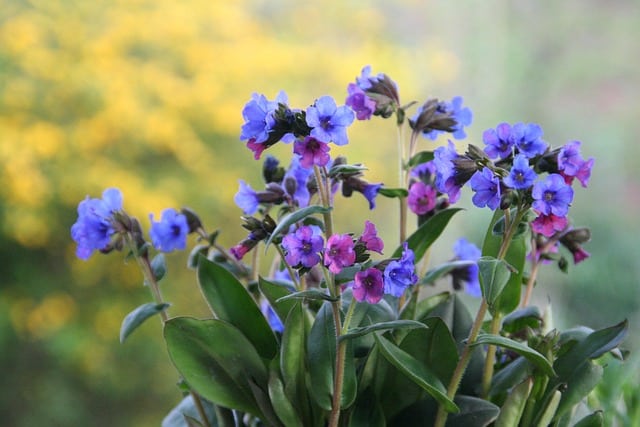
Lungwort (Pulmonaria) is a rare gem in shaded gardens, admired for its strikingly patterned leaves and bell-shaped flowers that bloom in early spring. This perennial comes in various shades, including blue, pink, and white.
Lungwort thrives in cool, moist conditions and is tolerant of a range of soil types. Its low-growing habit and vibrant foliage make it a perfect choice for under trees or as a ground cover. It’s an excellent way to attract pollinators to your garden, as its blooms are the first food source for many bees in early spring.
Indian Pink
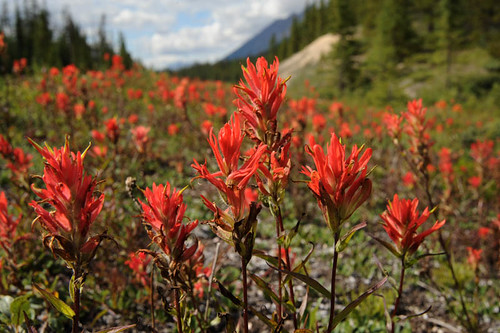
Indian Pink (Spigelia marilandica) is a stunning perennial that brings an unusual burst of color to shaded areas. With tubular, red flowers that bloom from late spring to early summer, this plant is particularly appealing; it attracts hummingbirds and adds a striking note to your garden.
Indian Pink prefers rich, well-draining soil and partial shade, often thriving in woodland settings. This perennial’s unique appearance allows it to stand out among its seasonal neighbors, creating a vibrant focal point in your landscape.
Sun King Aralia
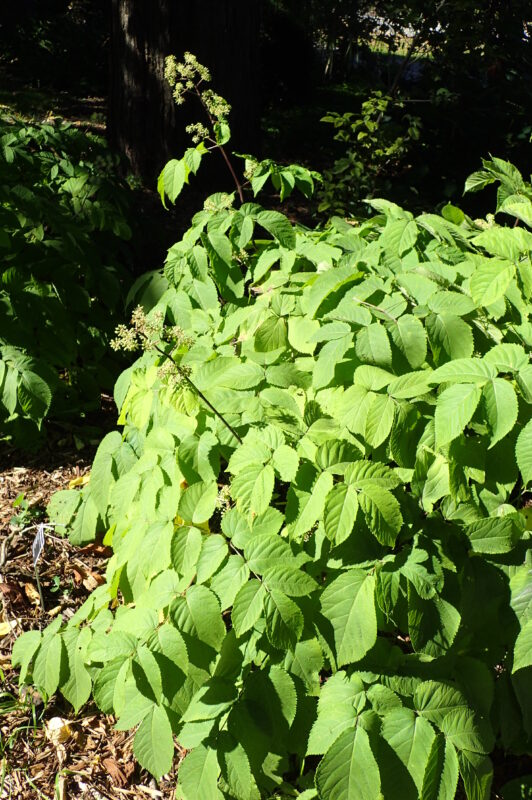
Sun King Aralia (Aralia cordata ‘Sun King’) is a standout choice for shadier spots in your garden, with its striking, bright yellow foliage that provides a contrast to darker plantings. This perennial can grow quite tall and wide, making it a great backdrop in mixed plantings.
Sun King prefers rich, well-drained soil and tolerates partial to full shade well. Its impressive foliage remains attractive throughout the growing season, and the small white flowers it produces in late summer are a bonus, attracting pollinators.
Wind Flower
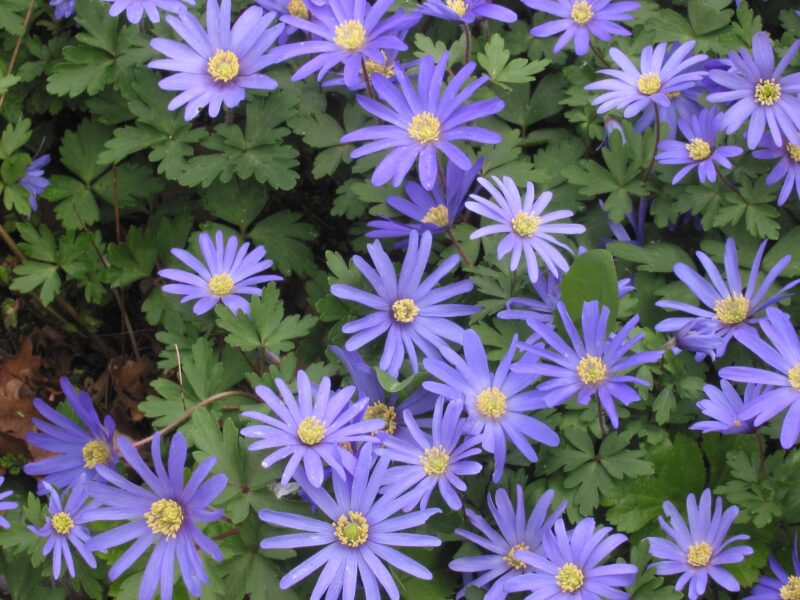
The Wind Flower (Anemone nemorosa) is a delightful addition to shaded areas, producing lovely, cup-shaped flowers in shades of white, pink, or blue. These blooms appear in spring, creating a soft, fairy-tale-like atmosphere in your garden.
Wind Flowers thrive in moist, well-drained soils and prefer full to partial shade. Their delicate nature makes them an excellent choice for naturalizing in woodland settings, where they can spread gracefully and create a breathtaking floral carpet beneath the shade of trees.


